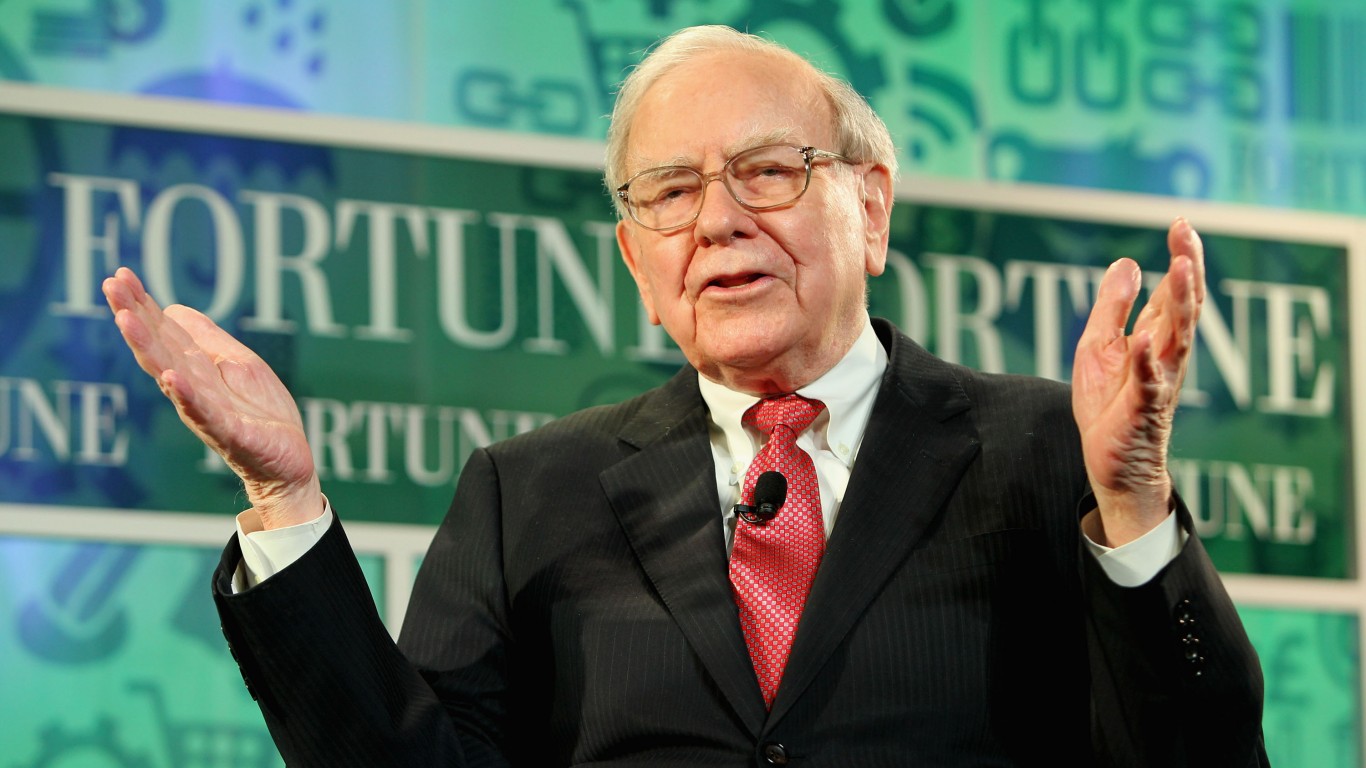
Discount retailers like Costco Wholesale Corp. (NASDAQ: COST) and Dollar Tree Inc. (NASDAQ: DLTR) have had a great 2015. Higher-priced chains like Macy’s Inc. (NYSE: M) and Whole Foods Market Inc. (NASDAQ: WFM) not so much. The trend is evidence that middle-class Americans have less money to spend and are looking for a better deal. We can expect that trend to continue in 2016.
Here are four stocks that can keep moving higher as the average American tries to get an extra mile out of every dollar.
Costco
While Costco is not going to be an explosive growth stock this coming year, it continues to prove that it can meet all challenges, at least so far. That makes it a safe place to park money at the worst, with moderate growth very possible for 2016 as more and more consumers try to stretch their wallets. Costco has the added benefit of not being branded as a poor man’s shopping center or the target of politically charged protests like Wal-Mart. Despite the good deals, it is still suitable for all income levels without the glitz, while being a comfortable all-in-one place to shop.
In 2015 we saw Costco drop very sharply to $117 a share during the August 24 market crash. It quickly sprang right back up within two weeks because it is a fundamentally sound company. Any volatility next year also can be expected to be smoothed out. This year so far has seen 12% gains despite the volatility, which is in the ballpark of what to expect in 2016.
Dollar Tree
A tier lower than Costco on the income food chain, Dollar Tree has more potential for growth than Costco because of its acquisition of Family Dollar. It has the same benefits as Costco in terms of more people chasing better spending habits, but a look at its earnings statement shows that it hasn’t fully digested Family Dollar yet. If Dollar Tree can streamline operations and cut down on administrative costs in the coming year, earnings can really fly high. The main thing to watch out for is its debt service costs as a result of the acquisition. Some 50% of the company’s debt though is protected against rising interest rates, which means its floating debt to market cap is only 23%.
UPS
While this is not your typical money-saving company, United Parcel Service Inc. (NYSE: UPS) is straining under the weight of the explosive growth in online shopping. It can barely handle holiday demand as it is, and volumes will only grow as Americans get more thrifty and discriminating in their shopping habits. That strain is translating to less efficiency as expenses have risen significantly. UPS is down 12% for the year but pays a decent 3% dividend. The stock can recover those losses and more if the company can figure out how to cut down its expenses. The top line is not the problem. Dealing with soaring demand is. This is a good problem for any company to have, and solving it could translate to some nice gains for shareholders in 2016.
FedEx
FedEx Corp. (NYSE: FDX) is having the same good problems as UPS. Neither company has been able to cut costs, yet as FedEx’s bottom line has struggled along with its competitor’s. FedEx is the smaller, slightly more risky company than UPS, with not as good a dividend, but a bet on the package delivery industry becoming more economical in 2016 in light of record demand could see FedEx have a good year — perhaps even better than UPS if both can increase efficiency.
Note that the author of this article is long Wal-Mart.
Get Ready To Retire (Sponsored)
Start by taking a quick retirement quiz from SmartAsset that will match you with up to 3 financial advisors that serve your area and beyond in 5 minutes, or less.
Each advisor has been vetted by SmartAsset and is held to a fiduciary standard to act in your best interests.
Here’s how it works:
1. Answer SmartAsset advisor match quiz
2. Review your pre-screened matches at your leisure. Check out the advisors’ profiles.
3. Speak with advisors at no cost to you. Have an introductory call on the phone or introduction in person and choose whom to work with in the future
Get started right here.
Thank you for reading! Have some feedback for us?
Contact the 24/7 Wall St. editorial team.



